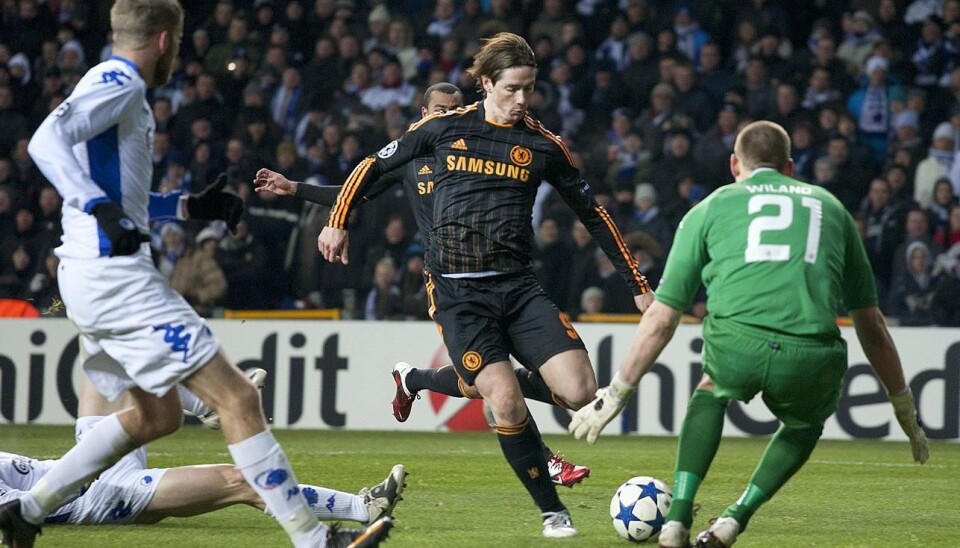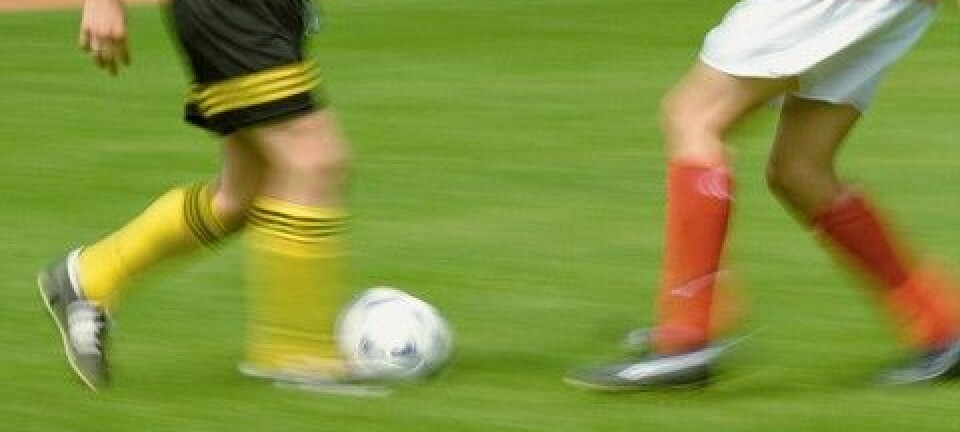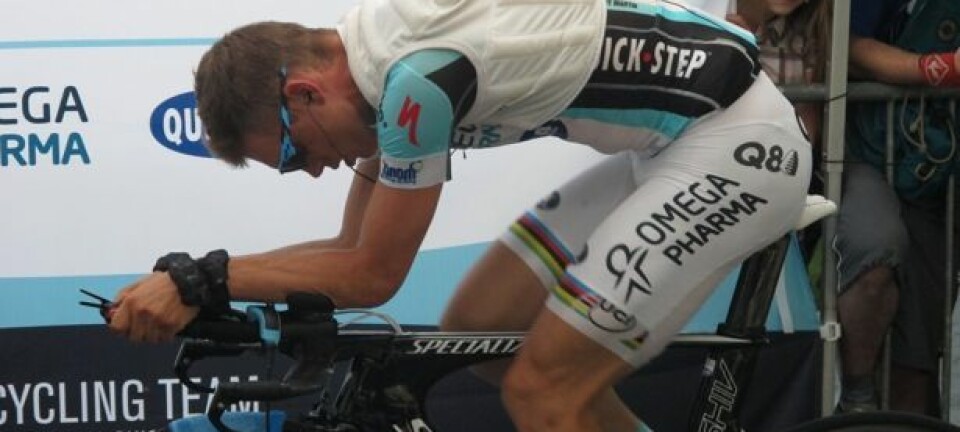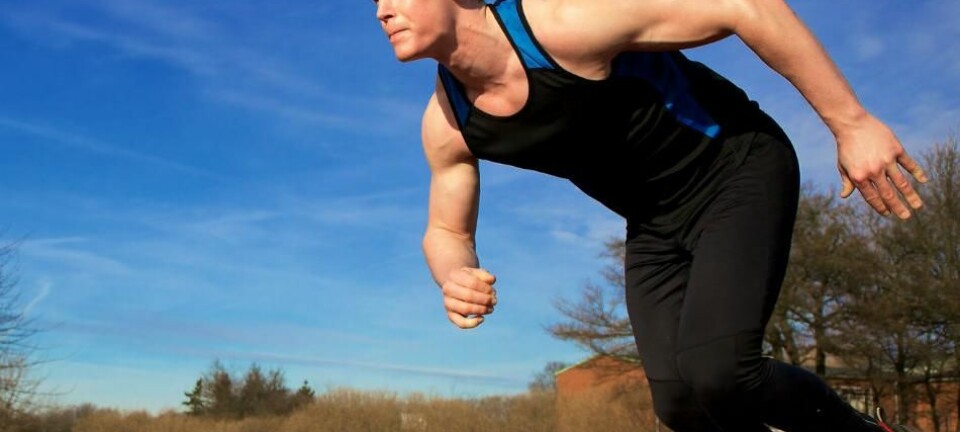
Why soccer players overshoot the goal
When a soccer ball comes rolling towards you, you’re very likely to overshoot the goal if you use your normal kicking technique.
A new study reveals that soccer players kick the ball harder and higher if it comes rolling towards them. At least if they’re using their normal kicking technique.
”If you do not adjust your kick but just kick as hard as you would if the ball were stationary, it will most likely go over the crossbar,” says Thomas Bull Andersen, an associate professor and football researcher at Aarhus University.
Speed is the key
In his new study, footballers were asked to first kick a ball that came rolling towards them at 8 kph, and then one that was stationary.
If the players kicked the rolling ball as hard as they kicked the stationary ball, the ball tended to pick up more speed, but it also tended to go over the crossbar.
It’s all about the speed of the ball surface. The front side of the ball is always going downwards, and when it hits your food, the speed of the ball will be slowed down by an upward force.
Thomas Bull Andersen
”In principle you add the speed of the ball together with the speed of the kick, unless the ball is coming from behind, in which case the two speeds are subtracted from each other,” says Andersen.
This explains why the ball picks up more speed when it comes rolling towards you, but not why it tends to go upwards.
”It’s all about the speed of the ball surface. The front side of the ball is always going downwards, and when it hits your food, the speed of the ball will be slowed down by an upward force.”
This can be compared with rolling a ball toward a wall. When the ball bounces off the wall, it makes a slight upward jump.
Messi and Ronaldo mess up too
It is not only casual football players who overshoot the goal. Even Christiano Ronaldo and Lionel Messi find it hard to control a ball that comes rolling toward them. (See video below).
In this video we see some of the greatest soccer players overshooting the goal with approaching balls.
You would think that after countless games the players have learned to handle a rolling ball. They probably have, but when the pressure is high enough, we humans tend to do ‘as we normally do’.
”If we are in a pressurised situation, we often go for familiar solutions. That’s why they shoot as if the ball were stationary, even though it’s approaching them at speed,” says Andersen.
He compares this with handball players, who are perfectly aware that they need to vary their shots to keep the goal keeper guessing. But when the players are under a lot of pressure, it’s easier for the keeper to predict how they will shoot.
Here’s the trick
Now that you know why the ball goes over the crossbar, you may want to know how to avoid that from happening.
The recipe is fairly simple: when the ball is approaching, you need to kick it with slightly less force than you normally would. It is also an advantage to kick the ball at an earlier point in what is known as the ‘swing phase’.
This does not, however, mean that you should rush in to kick the ball:
“You need to kick a bit more carefully and avoid using your maximal speed and power. Let the ball roll a little longer towards you before you kick. That way you end up hitting it at an earlier point in the swing phase.”
The more speed the ball carries, the less power is required for kicking it.
According to the researcher, it makes no difference whether you kick the ball with the inside or the outside of your foot. The footballers in the study only used the instep of their feet, so if you want to be absolutely sure, that might be a good way of doing it.
Opposite effect when the ball comes from behind
When the ball approaches from behind, the opposite rule applies:
“Here, the ball will typically carry less speed, but it does not go upwards, so here you need to hit the ball at a later point in the swing phase.”
Here, the speed at which the approaching ball travels is subtracted from the speed with which you swing your kicking leg.
------------------------
Read the Danish version of this article at videnskab.dk










